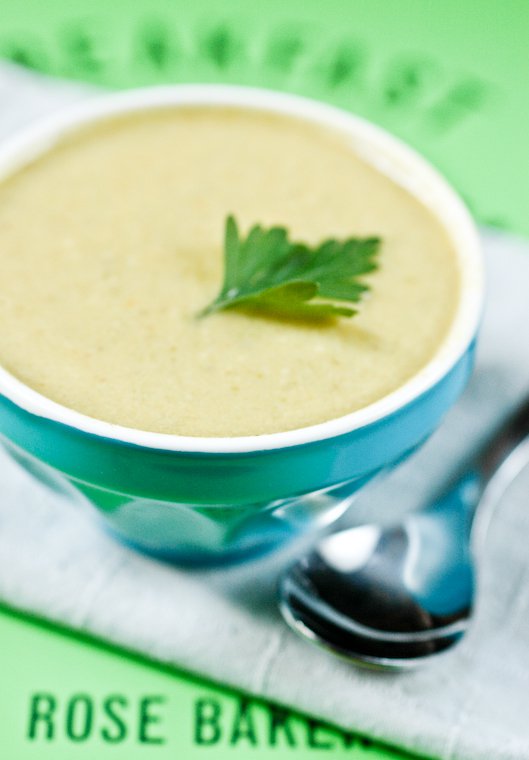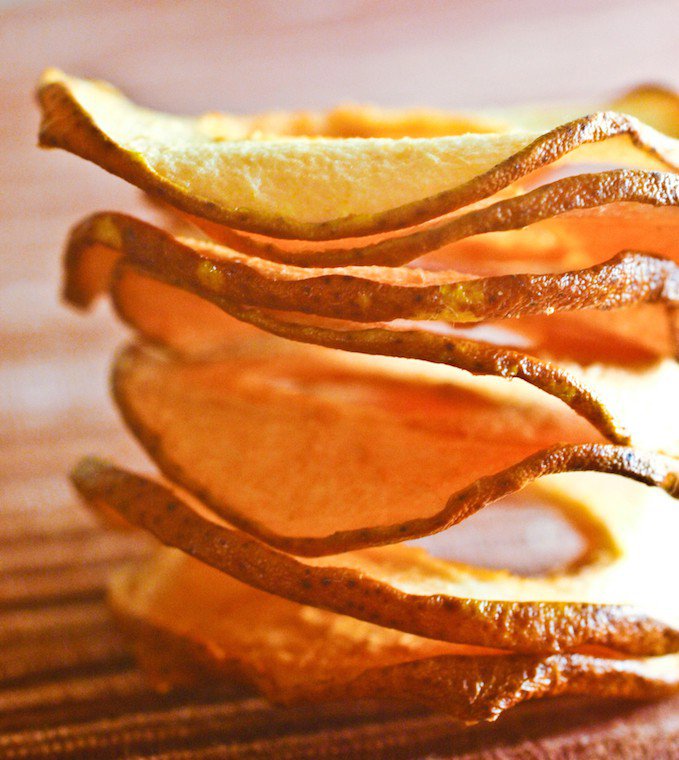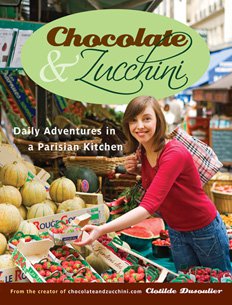I grew up in the most anglophile French household I know, where the paperbacks strewn about the coffee table often bore little penguins, where the parents used English as a secret language when they didn’t want their daughters to understand, and where sending them to England every summer sounded like a good idea (that question is still up for debate; in any case, there went the secret language).
Food-wise, it meant that fried eggs frequently came with Worcestershire sauce and bacon (and even bangers if we were lucky), that fromage blanc was liberally doused with Golden Syrup, and that Christmas wouldn’t have been Christmas without my mother’s marzipan-topped Christmas cake, prepared and left to ripen weeks in advance.
It also meant that shopping expeditions to the Boulevard Haussmann department stores always ended with a quick run through Marks & Sparks‘ food section for tea, English muffins, stem ginger biscuits, hot cross buns, mincemeat pies, cole slaw, ready-made Indian dishes, and even bangers if we were lucky. Oh, and shortbread, too, which disappeared at a speed proportional to their butter content.
By the time Marks & Spencer decided to stab us in the heart and close their French stores (over some futile reason like not making any profit) it had become fairly easy to find British goods of all kinds in even the most ordinary of grocery stores in Paris. But when it comes to shortbread, I’d discovered that baking your own was even easier — and much more gratifying, too, in that call-me-Delia sort of way.
The following recipe uses stone-ground cornmeal to produce the supernal crunchy note any self-respecting shortbread should present. It results in an obviously buttery* but not overly sweet shortbread that you may choose to grace with a hint of vanilla or citrus zest. There is no law against piling on the chocolate chips and dried fruits and nuts and bells and whistles, but I am of the mind that simple is best.
* Do use the very best butter you can find; if there is one recipe that will showcase it in all its glory, this is it.









